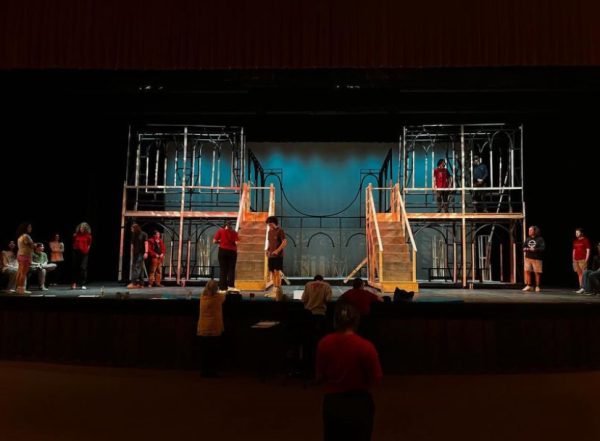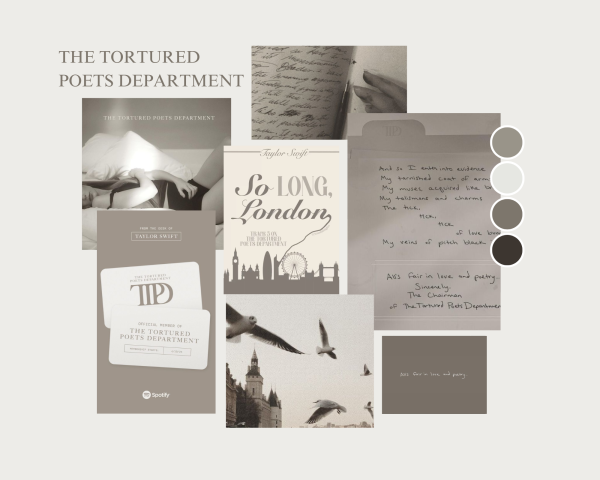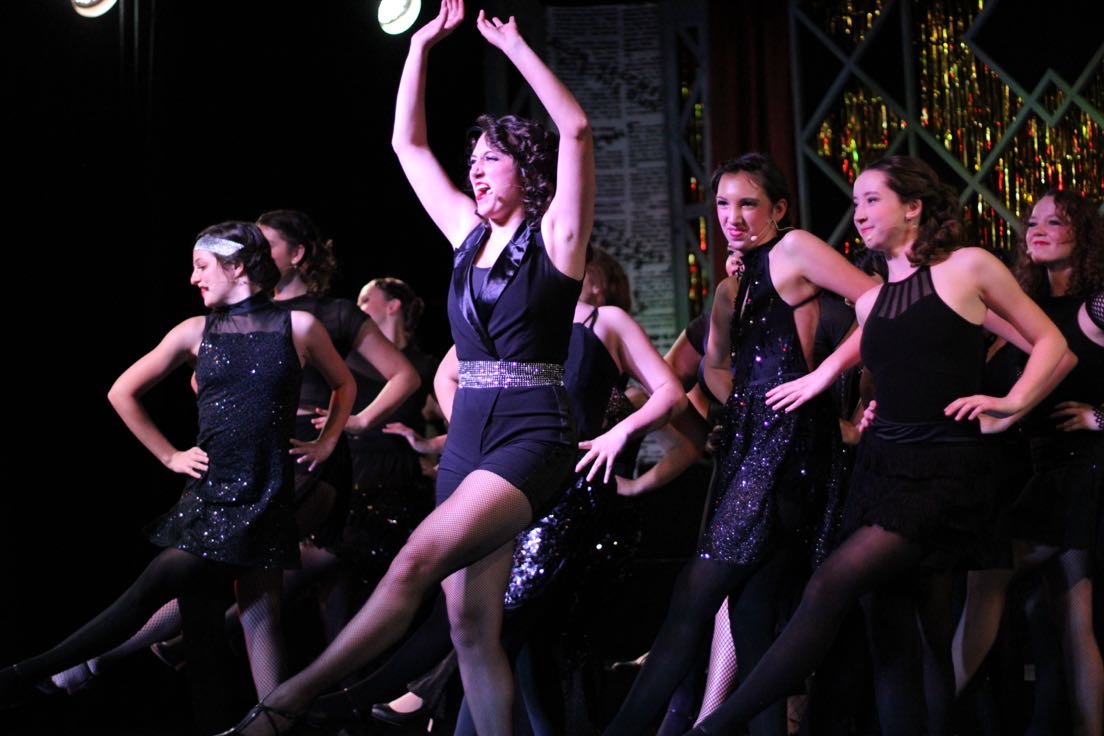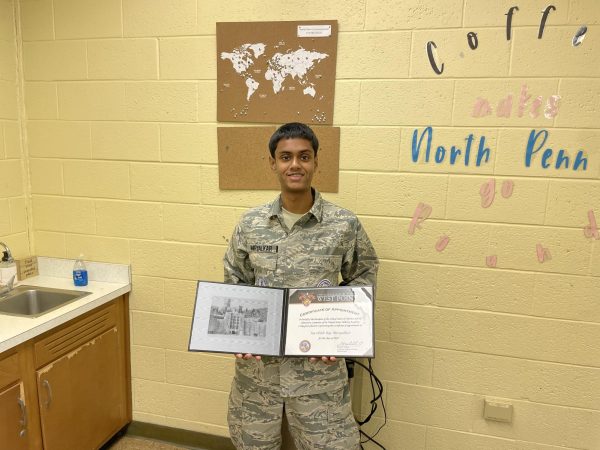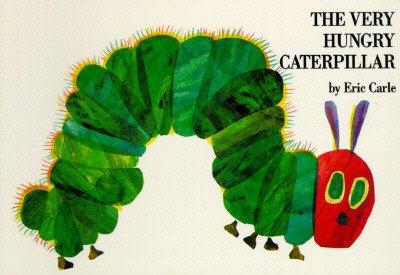Knight Crier staff writer, Michelle Zeng, sets out to simplify some very challenging texts, through her new creation – Spoofnotes. Enjoy!
The Very Hungry Caterpillar by Eric Carle
Plot Overview
A caterpillar feasts upon food before becoming a butterfly.
Analysis of Major Character(s)
The “Very Hungry” Caterpillar-
The caterpillar is the protagonist of the story. The characterization of him as “hungry” gives the book its title. The caterpillar comes from an egg on a leaf of a tree of an unknown species in an unknown area; although it can be safely assumed, given the abundance of food the caterpillar is able to access and the recurring themes of over concern for self-image, as well as the blatantly obvious allusions to the Christian religion, that the story most likely takes place somewhere in north of the Western Hemisphere. The caterpillar bravely explores varieties of edibles throughout the first week of his birth with no parental guidance; a sign of independence and courage. Furthermore, struggling with constant issues of his body image (from being “tiny” to “big” and “fat”), the self-conscious caterpillar eventually becomes a “beautiful butterfly,” a phenomenon that befuddles readers and literary experts to this day, who have offered convincing explanations ranging from wing transplant, private flight lessons, pigment injection, laser fuzz-removal, liposuction, nutrition counseling, to Chinese witchcraft and magic potion-making.
Summary & Analysis
Summary – Page 1- 4: The Birth of the Caterpillar
An egg lays in the moonlight on a green leaf. One Sunday morning, a caterpillar “pops” out of the egg. He grows “very hungry.”
Summary – Page 5- 16: The Hungry Caterpillar Eats
The caterpillar finds food to satisfy his ever-growing hunger. He eats through one apple on Monday, two pears on Tuesday, three plums on Wednesday, four strawberries on Thursday, and five oranges on Friday; finally, on Saturday the caterpillar indulges in a stomachache-inducing feast that includes one helping of: chocolate cake, ice-cream cone, pickle, Swiss cheese, salami, lollipop, cherry pie, sausage, cupcake, and watermelon.
Analysis – Page 1-16
Carle paints the protagonist as an embodiment of the essential elements of the Western culture. The birth of the caterpillar on a Sunday resembles Christ’s resurrection on Easter Sunday. Note that this is the first among many occurrences of religious allusions are presented in the story.
The process of the food-hunting that seems to be effortless and the abundance of fruits suggest that the caterpillar may live in an orchard and the diversity of human food on the Saturday feast hints that the caterpillar may have snuck into the orchard farmer’s kitchen. The innocent appetite of the caterpillar leads to his physical suffering, a stomachache, one that resembles that of Christ’s crucifixion on the cross. Like Christ, whose suffering was for the redemption of sins of all mankind, according to the Bible, the caterpillar endures painful gastralgia for the farmer’s gluttonous sin of growing deliciously juicy fruit and the possession of a large quantity of decadent pastries and sweets.
The nature of the protagonist reflects that of humanity. The appetite of the caterpillar increases exponentially, one that closely resembles that of a typical human male adolescent and an alarming number of North Americans who would eat anything that is remotely edible, regardless of its nutritional values. Furthermore, like many adolescents, the caterpillar, discontent with his body image (described as “tiny”), bravely proves his body strength by eating through the solid structures of the apple and the lollipop, the bitter skin of the orange, and a pickle of a dangerously acidic nature. He also demonstrates his incorruptible self-control by never going back to eat a second hole out of any of the food, including the mouthwatering, sinfully delicious chocolate cake, cherry pie and cupcake.
Summary – Page 17-19: The Hungry Caterpillar Becomes Full
The next day, Sunday, is the caterpillar’s one-week birthday. The caterpillar eats a leaf that eases his stomachache. He becomes aware of his obese body and decides that he just is not, nor will he ever be, hungry anymore.
Analysis – Page 17-19
The protagonist discovers the idea of a salad. An assumption can be safely made, given that the caterpillar symbolizes a Christian prophet, that such discovery is of a heavenly kind, one has answered the caterpillar’s desperate prayers for the deliverance from earthly suffering. With the relief from physical pains, he begins to examine the telling changes of his body. Growing self-conscious of his “ big fat” body, the caterpillar’s self-doubt turns to self-hate, a condition not uncommon among human females, and in some cases males. He loses his appetite for the first time since birth, which foreshadows further dramatic shifts in his life.
Summary – Page 20-21: Mysterious Transformation
The caterpillar, now fat and desolate, retreats to his private home, the cocoon. When he finally appears after two weeks, he mysteriously becomes an unrecognizably beautiful butterfly.
Analysis –Page 18-20
Unable to recognize that he is not responsible for his gluttony in the past week, the caterpillar turns his attention to building a shanty he proudly names the cocoon. Due to inexperience and negligence, the home has no windows or doors to the outside world. It can be inferred that caterpillar’s disappearance into his own home as if by magic, leaving no trace of forced entry, has caused a great sensation among spectators. However, his hermetic lifestyle is beginning to be suspected to be a suicidal one, as two weeks go by and the cocoon shows little signs of life, until he breaks through the cocoon as a magnificent butterfly. Such an unexpected ending never fails to receive ooooh and ahhhh’s from its audience, despite the fact that they have probably heard it many times before, another inexplicable mystery that adds to the mystic nature of the story.
Important Quotations Explained
”The next day was Sunday again. The caterpillar ate through one nice green leaf, and after that he felt much better.”
This passage from page 18 signals the first significant shift in the protagonist’s diet and lifestyle, reflecting the internal conflict between his former naive self and a more mature one. Furthermore, through the caterpillar’s positive reaction to the ingestion of greens, the author gives credence to healthy diet advocates who have told society, on many occasions such as heart attacks, strokes, high blood pressure, and diabetes, “I told you so.”
Furthermore, “Sunday again” is indicative of the recurring pattern of life tinted with a blasé undertone, the result of protagonist’s slowly deteriorating morale and self-worth. However, the natural cycle of nature foreshadows the eventual physical, emotional, and social betterment of the caterpillar, who later transforms into a butterfly.
Suggested Essay Topics
1. Literary experts have observed the stylistic similarity between Eric Carle and Ernest Hemingway. How does the Carle use clipped, simple sentences to tell a story with multiple layers of meaning?
2. What purpose does the surprise ending of the story serve? Explain why and how you think the caterpillar becomes a butterfly. Discuss the possibility of a sequel. Consider an alternative ending.
3. Critics have demanded the banning of The Very Hungry Caterpillar from school grounds for its subliminal messages about the cruel realities of society and the caterpillar’s self-consciousness regarding his size, which could damage the self-esteem of overweight children and lead to an increase in bullying. Defend, refute, or qualify your position on the critics’ reasons for such action.
NOTE TO READERS: If you have any suggestions of “Spoofnotes” you would like to see, email [email protected] – or place a comment with this article.



